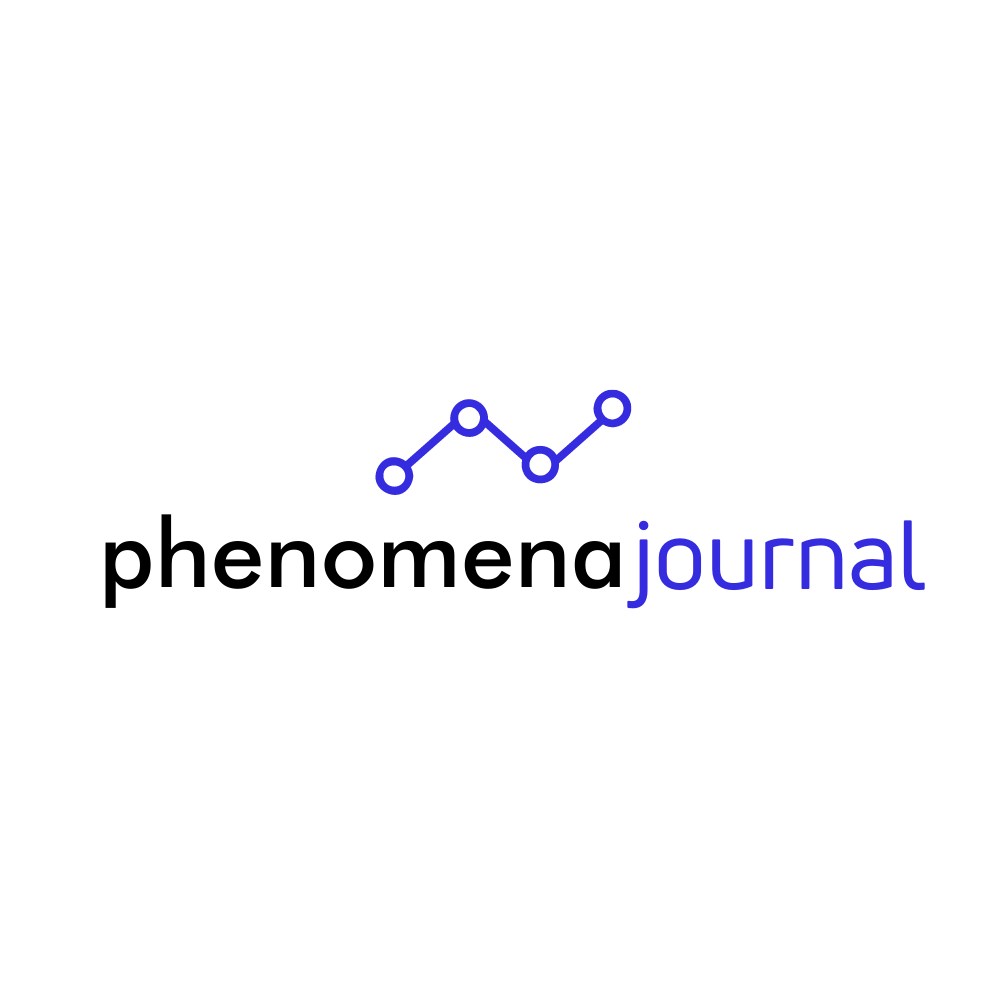
Published 2023-05-03
Keywords
- neuroscience; Gestalt; interaction; self.
How to Cite
Copyright (c) 2023 Anna Di Leva

This work is licensed under a Creative Commons Attribution-NonCommercial 4.0 International License.
Abstract
The functioning of the human being is determined by the social context in which he is born, develops and by the evolutionary/relational experiences with the figures present in his life experience. The organism, according to the current trend, is determined to survive and maintain its equilibrium. The brain structures, which are formed since the gestational processes, modulate the basic survival responses. Learned responses from primitive areas of the brain to the heart have biochemical and behavioral effects. Whatever happens to the child contributes to the formation of his emotional and perceptive map of the surrounding environment. The therapeutic process is founded on the relationship between patient and therapist. The purpose of the therapy, so that evolutionary passages take place, is to make the events of the "there and then" re-read in the "here and now", through the experimentation of different dynamics from those that led to the implementation of dysfunctional response patterns. The brain as an organ, the mind as a process and the body as a map of our experiences are interconnected and have a fundamental role in the formation of our self, they are the holders of our memories and the propellers of our actions. The relationship between psychotherapy and neuroscience is based on the hypothesis of the interaction between the external world which affects brain formation and the brain functions which affect human functioning.
References
- Van Der Kolk B. (2015). Il corpo accusa il colpo: mente, corpo e cervello nell’elaborazione delle memorie traumatiche. Raffaello Cortina Editore
- Cozolino L. (2021). Neuroscienze per i clinici. Raffaello Cortina Editore.
- Fantini M. (2020). Analisi Transazionale e Neuroscienze: Un binomio da scoprire. Kemet Edizioni.
- Ginger S., Ginger A. (2015). La gestalt: terapia del con-tatto emotivo. Edizioni mediterranee.
- Ongaro E. (2021). Le Emozioni e L’Alzheimer: come entrare in relazione con la persona affetta da demenza e affrontare lo stress. Maggioli Editore.
- Rogers R. C. (2019). La terapia centrata sul cliente. Giunti Psychometrics S.r.l.
- Taylor M. (2016). Psicoterapia del trauma e pratica clinica: Corpo, Neuroscienze e Gestalt. FrancoAngeli s.r.l.
